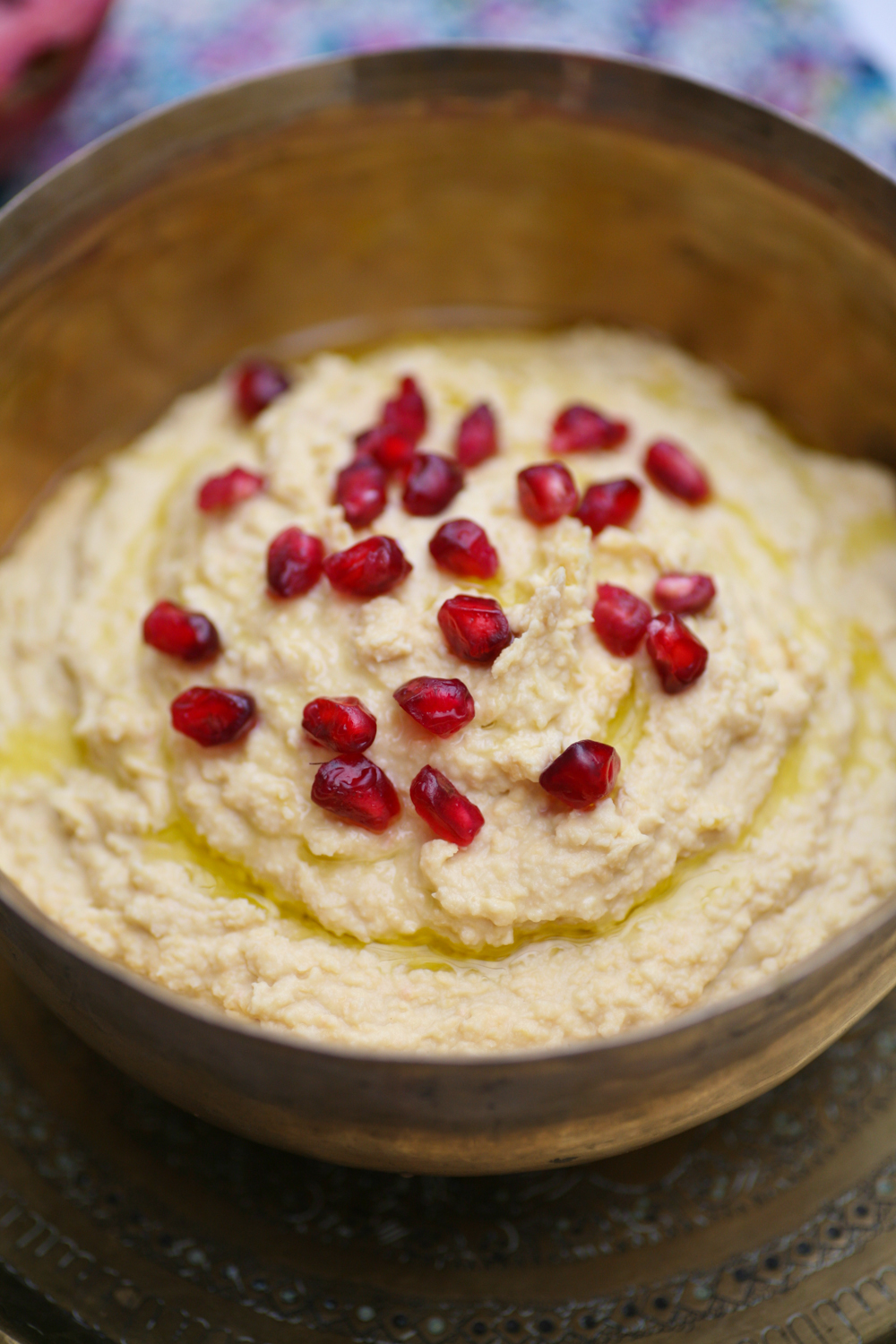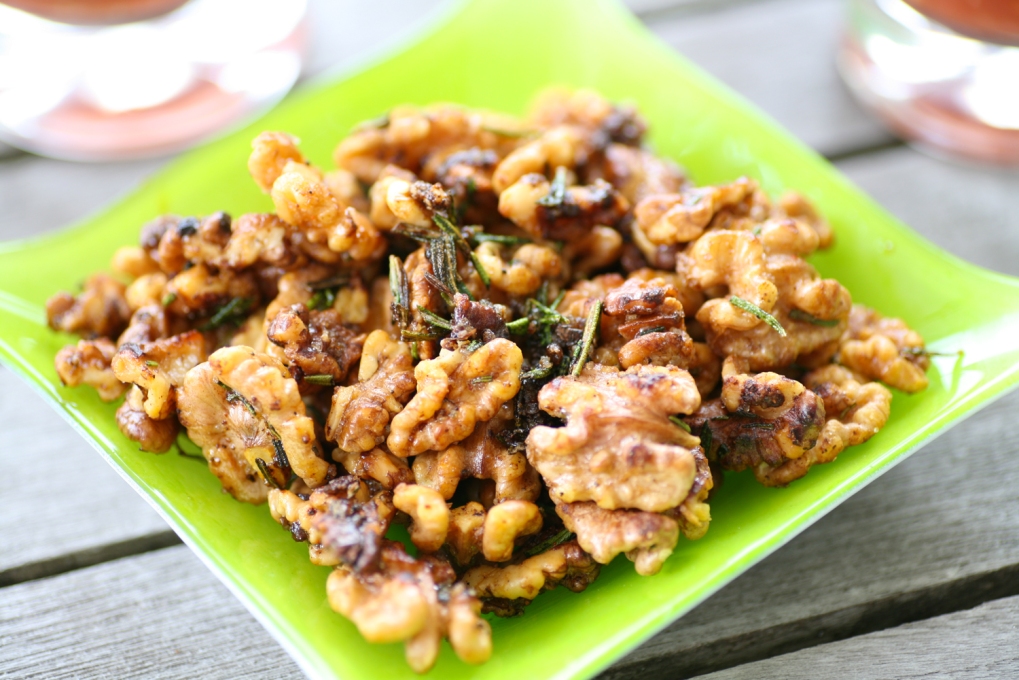After chatting on instagram with my friend Harriet, aka ‘The Nutritional Bean’ about damsons and what to do them – damson wine or chutney was my go-to response, my mother independently called me moments later to ask if I wanted any. Seeing it as a sign, I said yes and she arrived later that day with said damsons, as well as a bounty of other fruits and veg from the garden. Juicy sweet yellow plums, pears and some runner beans and tomatoes. The damsons were so ripe that they were about to turn and go off, so I felt an Indian achaar (chutney) would be a good way to work with them quickly. Indian achaar is different from those made with vinegar, which allows them to keep for a month or two. An achaar is often made and eaten on the same day with dal, rice and/or curry. Whatever fruit or vegetable that needs eating you can make into an achaar. This is my mango achaar recipe. They are always deliciously tangy, spicy, sweet and sour and work so well with Indian and Sri Lankan food.
The magic ingredient, which I have spoken about many times over the last nine years of writing this blog, is the Bengali five spice known as ‘panch phoron’. It is often used in achaar in West Bengal. You can either make your own – by reading this post – or you can pick up panch phoron at any Asian grocers and I have even seen some of the large supermarkets stock it. When it comes to de-stoning the damson you can either do it the long way (which was my option) by cutting it half and then scoping out the stone or invest in a cherry and olive pitter, which will also fit damsons. It’s definitely on my Christmas wish list.
Like all chutneys it does involve adding a good measure of sugar to counterbalance the acidity. As you will only be eating one or two spoonfuls per person per sitting, it ends up balancing itself out, but be aware that it does seem quite a lot at first glance. Taste test as you go and if you find your damsons are not too acidic then you can add less sugar.
Whilst you can eat the chutney with Indian snacks, curries or dal, the achaar also works really well with cheese. It lasts in the fridge for 3-4 days. Have you had any damsons this year? If so how are you using them? I would love to know.
Indian Panch Phoron Damson Achaar
Makes a small bowl full
1 tbsp vegetable oil
2 small dried red chillies
1 tsp panch phoron/Bengali five spice
1/2 tsp turmeric powder
655g (or thereabouts) damsons, stone removed
2 tbsp raisins, optional
1 tsp grated ginger
3-4 tbsp sugar (you can use caster or brown)
salt, to taste
- In a deep pan heat the oil and then add the 2 dried chillies. Allow them to begin to darken – it may make you cough a little – this is normal.
- Next add the panch phoron (fenugreek, nigella, fennel, black mustard, cumin seeds) and allow them to begin to splutter.
- Next add the turmeric quickly followed by the damsons. Give a good stir then add the fresh ginger and raisins.
- Add the sugar, a little at a time and taste as you go. Depending on the acidity of the damsons depends on how much you will require.
- Allow to bubble away on a low heat for 15 minutes. Add a little salt if required.
- Allow to cool and serve with Indian food or cheese, it works really well with both – just probably not together.






















































